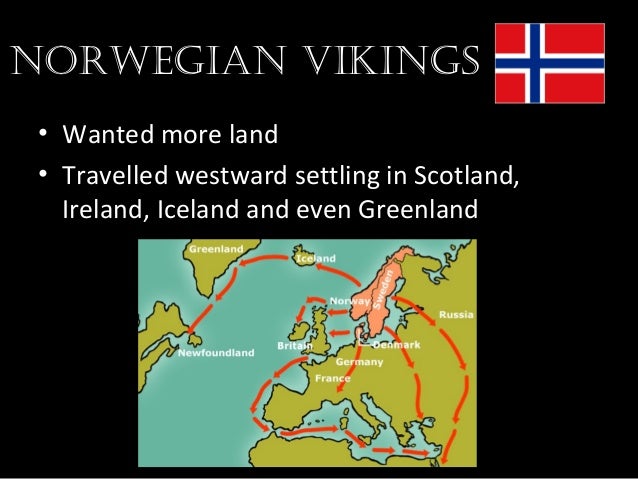
Also, with all these Irish kingdoms, you can’t negotiate a permanent peace with anybody. “In Ireland you could kill a king, but it doesn’t really disable the kingdom because there are an infinite number of successors. “In many ways one of the most fascinating aspects of the Irish is how this apparently highly divided island proved much more effective at combating the Vikings than England did,” Haywood tells HISTORY. With so many kings to subdue and bargain with in Ireland, it proved much more difficult to eliminate or co-opt the existing power brokers. He points out the the centralized kingdoms of early medieval Europe were the most easily conquered since there was a much smaller ruling class to either eliminate or negotiate with to forge a lasting peace agreement. Haywood says Ireland’s decentralized system of governance, which made the island appear vulnerable to a larger force, actually had the opposite effect in protecting it from a Viking takeover. If they don’t have forts around them, the Vikings can’t really survive in Ireland.” “It looks like there could be a Viking takeover, but it’s pretty clear by the middle of the 10th century that apart from fortified enclaves along the coast, they have failed absolutely to control territory in Ireland in the same way as they did in England, Scotland, France or Russia. Yet, while the Vikings had success raiding Ireland, they failed to conquer the island as they did other lands in Europe. The round tower at the Glendalough monastic site in Country Wicklow, Ireland. Furthermore, Irish kings often welcomed the incursions of the foreign invaders as a means to weaken their domestic rivals. A complex hierarchy of 150 local kingdoms and a dozen over-kingdoms ruled the island, and even high kings only directly ruled over small territories. After all, the Vikings took advantage of internal divisions to seize England and Francia, and Ireland was the most politically fractured country in Western Europe, according to Haywood. Dublin originated really as a slave market,” he says.Īt first glance, Ireland appeared to be ripe for a complete Viking conquest.


“The Vikings milked Ireland fairly systematically for a couple hundred years for slaves. Coastal enclaves at Dublin, Wexford, Waterford, Cork and Limerick became trading centers for Ireland’s treasures-and its people.Īccording to John Haywood, who chronicles the exploits of the Scandinavian raiders on four continents in his new book, “Northmen: The Viking Saga AD 793-1241,” slavery had been rare in pre-Viking Ireland, but that all changed with the arrival of the Norwegians. By the 840s, those Vikings began to establish permanent ship bases along the coastline from which they could plunder year-round.

While it was the Danes who attacked England and Francia, it was mostly the Norwegians who raided Ireland. A Viking longship is beached on the lake shore at the Irish National Heritage Park.


 0 kommentar(er)
0 kommentar(er)
